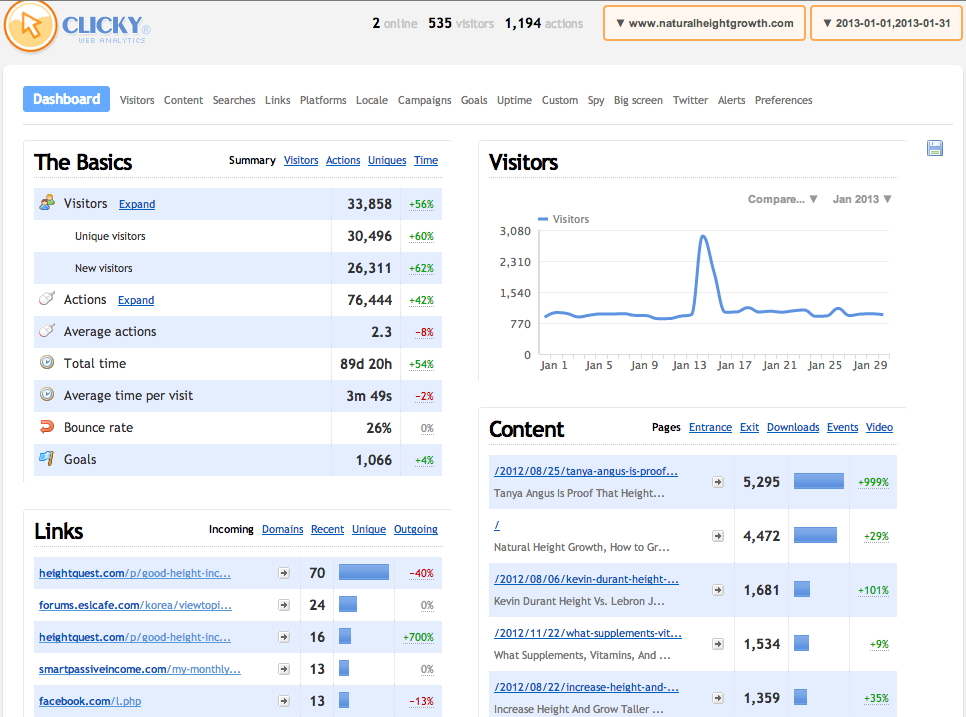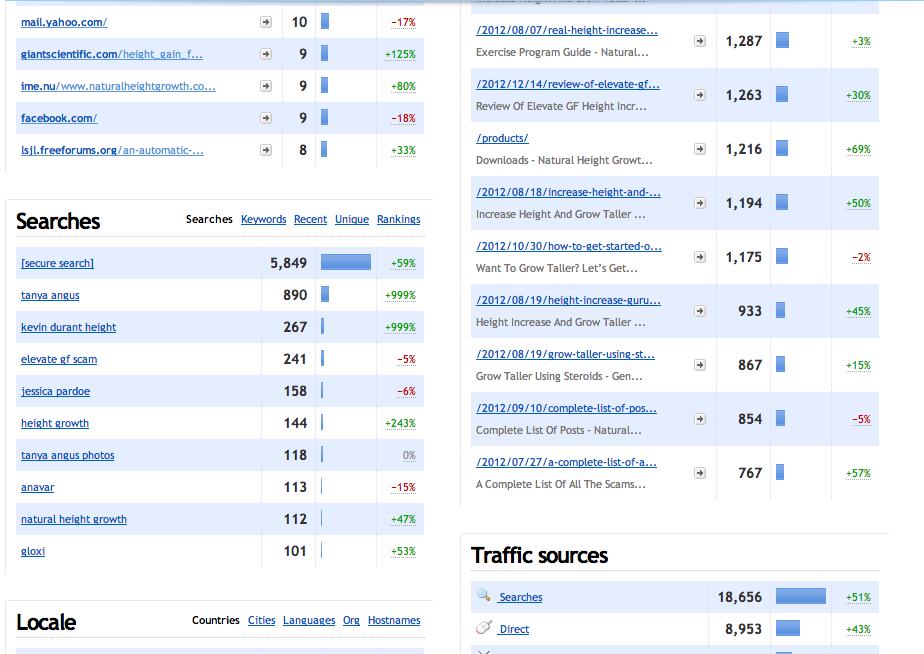I recently got an email from Tyler where he showed me a very interesting study done from Iran about the possibility of getting closed growth plates to regenerate back from using trauma. The study is entitled “Growth Plate Reappearance after Closure in Ankle Radiography for Trauma” and he would write his own post about it entitled “Reverse Ossification” on HeightQuest.com. I was very curious at how he found this really interesting study and he reminded me that you can just go to Google Scholar and type in the phrase “longitudinal bone growth“.
So that is what I did. I typed it in and looked at the results I would find. The results are REALLY good and they were very relevant to our research. From one of the results that appear, I was directed to an old study entitled “A PROCEDURE FOR STIMULATION OF LONGITUDINAL GROWTH OF BONE, AN EXPERIMENTAL STUDY” BY Y. K. W1J, M.B., CH.B., PEIPING, CHINA
The entire document is 13 PDF pages for most of the pages are just pictures and tables and for some height increase researchers like me it was a rather easy and quick read.
The researchers would try to experiment on the long bone with a still functional/working epiphyseal plate and try to either manipulate the epiphyseal plate or the bones around it to get the overal growth rate of the epiphysis to increase for people with limb length discrepancies.
Almost all of the ideas the researchers tried did not work in increasing the growth rate and a lot of the ideas actually decreased or stunted the growth rate.
This would include…
I. Insertion of Foreign Material into a Drill Hole Placed Immediately Distal to the Proximal Epiphyseal Cartilage of the Tibia
II. Indirect Interference of Circulation of Bone
III. Ferguson’s Operation-Curettage of Bone Marrow.
IV. Stripping of the Periosteum
While there was an old study from 1033 by Ferguson which suggested that putting a drill through the bone cose to the epiphyseal and then curetting the marrow inside would stimulate the longitudinal growth, the 3rd type of experiment showed no real longitudinal growth. What was seen however was that the 4th type of bone modification did lead to bone lengthening. When the long bones in the tibia and femur are cut open in the rabbits in the anteromedial space, we do see that the resultant long bones seemed to have increased in length faster than in the controls. The tibia is exposed to a longitudinal incision while the femur is given a lateral incision.
From the study…
Table IV shows the measurements of the length of the bones after the preceding experiments. Figures 1 and 2 illustrate examples of the results obtained. Definite longitudinal overgrowth of the operated bone was observed in all instances except in the tibiae of rabbits Nos. 36, 48, and 51. The bones operated upon were seen to be slightly thicker and rougher than those of the control side, but, in spite of this, the periosteum was not particularly adherent.
From the conclusion/summary…
SUMMARY
In these experiments various surgical procedures were employed, with the hope of finding a method for stimulation of the longitudinal growth of bone. The first three groups of experiments (a repetition with minor modifications of the procedures of Meisenbach, Pearse, Ferguson, and others) failed to produce significant increase in the length growth.
By chance, in several animals, we observed that stimulation of the length growth was produced by the simple procedure of loosening or stripping the periosteum from the shaft of the bone. Consequently, this operation was repeated on twenty-two animals, with quite uniform and significant results, as shown in Table IV. With but three exceptions out of twenty-two rabbits, the operated leg showed definite lengthening when compared with the normal leg on the opposite side. Although the amount appeared to be small, it actually represented an increase of from 5 to 15 per cent. over the normal growth of the bone during that period of VOL. XIX, NO. 4, OCTOBER 1937920 Y. K. WU AND L. J. MILTNER time. Observations of the monthly roentgenograms showed that the most active stimulation of length growth of the bones took place during the first three months following the operation. We are unable to give a definite explanation of the factors which, after the periosteum had been stripped, producing this stimulation of the longitudinal growth.
Analysis & Interpretation:
This study I have found is one of those studies that just are very strange and make very little sense. It would seem that if we remove using some blunt instrument to strip away the periosteum it would lead to some longitudinal growth. I would need to go back to the drawing board and look into the science and theory of bone remodeling to figure out why this even happens. Of course we must remember that this experiment was done on young laboratory animals who still have functional growth plates. It could be very easily that extra activity on the bone areas close to the growth plate can stimulate extra growth.


